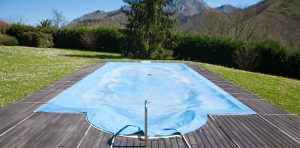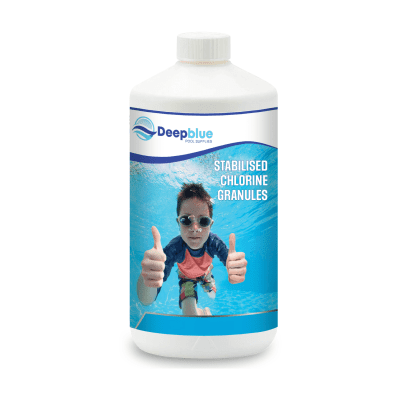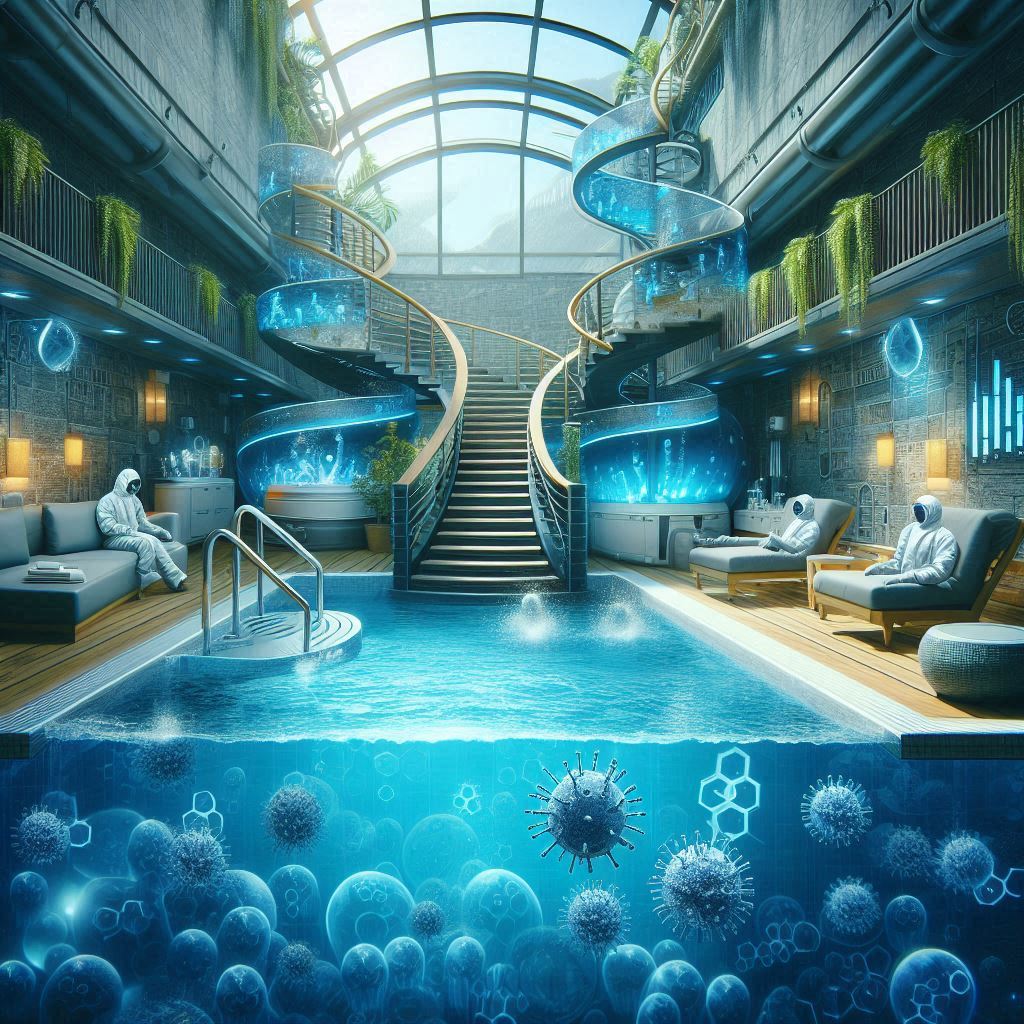Hottub, Swimming Pool
Understanding Spa Pool Design and Commissioning for Safety and Health
Understanding Spa Pool Design and Commissioning for Safety and Health
The safety of a spa pool is not just about daily maintenance. It begins with proper design and commissioning. This blog post aims to explain why these initial stages are crucial for preventing potential health risks and ensuring long-term safety, using information drawn from the Health and Safety Executive (HSE) guidance.
Why design and commissioning are critical
The design and commissioning of a spa pool set the foundation for its safe operation. A poorly designed system can create areas where bacteria can grow, making it more difficult to control microbial activity. Poor commissioning can lead to the same problems, with systems not operating effectively from the outset [8]. A good design will minimise areas where bacteria can thrive, and consider how the pool will be used, and how easy it will be to clean [8].
Key design considerations for spa pools
- Location: The location of the spa pool impacts potential contaminants. Outdoor spa pools need to contend with dirt and leaves, whereas indoor pools need good ventilation [51, 52].
- Bather Load: The number of bathers is vital in design considerations. Higher bather loads require more robust treatment systems [53, 54]. Design bather load is usually 10 times the capacity of the pool in cubic meters, with a minimum of 250 litres per bather [11].
- Water Source Quality: The quality of the water used to fill the spa pool has to be considered, to ensure that it is safe to use [51].
- Drainage and Water Replacement: Good drainage and effective water replacement systems are critical to maintain the cleanliness of the water [18, 35, 51].
- Accessibility: All parts of the spa pool, including the plant and equipment, should be easily and safely accessible for maintenance and cleaning [8, 55].
- Balance Tank: Commercial spa pools should have a balance tank to balance water displaced by bathers [56-59].
- Filtration and Circulation: The system must be able to filter and circulate water efficiently [57, 60]. The spa-pool should have a turnover of water every 6 minutes for commercial use, and 15 minutes for lower bather loads [61].
- Materials: The materials used in construction should minimise microbial growth. Flexible or corrugated piping is not recommended due to it being difficult to clean [55, 62, 63].
- Chemical Treatment and Storage: Safe and effective chemical treatment and storage are crucial. Chemical dosing should be automated where there is a high bather load [64, 65].
Commissioning process for spa pools
Commissioning ensures that all systems work as intended before the pool is used. This process must be carried out by competent people [66, 67]. Key aspects of commissioning include:
- Thorough Testing: Test all aspects of the spa pool, pipework and water treatment plants to ensure that they operate correctly [67, 68].
- Water Disinfection: The spa pool should be disinfected before use. This typically involves using chlorine at 50 mg/l for at least one hour [68].
- Functional Tests: Carry out comprehensive water tests to confirm the system functions correctly [68].
- Chemical and Bacteriological Analysis: Carry out chemical and bacteriological analysis of the water to ensure operating parameters can be maintained [69].
The importance of following regulations and standards
All stages of design and commissioning should comply with relevant regulations and standards such as [70]:
- Classification, Labelling and Packaging Regulations 2015
- Construction (Design and Management) Regulations 2015
- European Biocidal Products Regulation (EU) 528/2012
- Water Supply (Water Fittings) Regulations 1999
- Private Water Supplies Regulations 2009
- BS EN 806 (Parts 1-5)
- BS 8558
Adhering to these ensures the spa pool is safe and reduces the risk of infection.
Final thoughts
Proper design and commissioning of your spa pool are not just procedural steps; they are essential to ensure a safe environment. By adhering to these guidelines and regulations, you lay the groundwork for a healthy spa pool experience. Stay tuned to thepoolcleaners.co.uk for more advice on spa pool maintenance.
FAQs
Why is the design of a spa pool important for health and safety?
Poorly designed systems can create breeding grounds for bacteria and make it harder to control microbial activity. Accessibility for cleaning and maintenance are vital [8].
What does commissioning a spa pool involve?
Commissioning involves thorough testing, water disinfection and a full analysis of the spa to ensure it is operating correctly and safely [68].
Why is water replacement frequency an important design consideration?
Frequent water replacement helps to remove contaminants and keep the water fresh. Water replacement should be considered when designing the system [18, 35, 51].
What regulations should be followed in the design and commissioning of spa pools?
Various standards should be followed, including The Water Supply (Water Fittings) Regulations and BS EN 806 (parts 1-5). Adhering to standards and regulations ensures safety and compliance [70].












